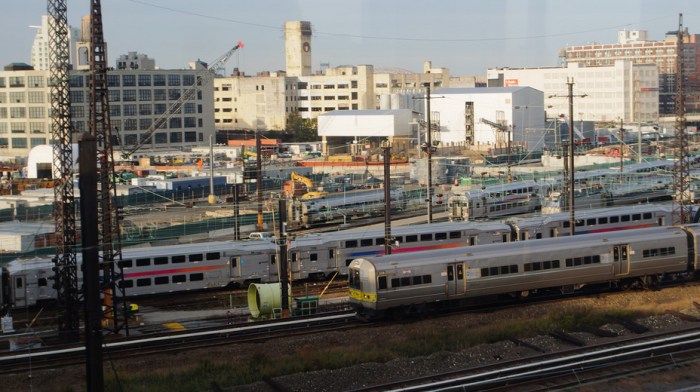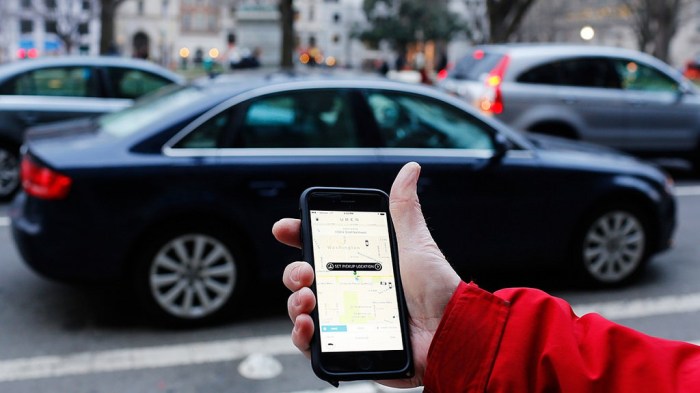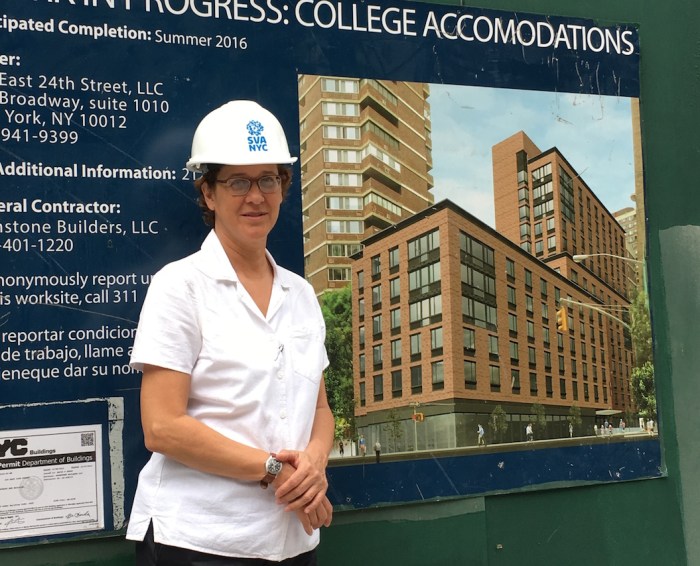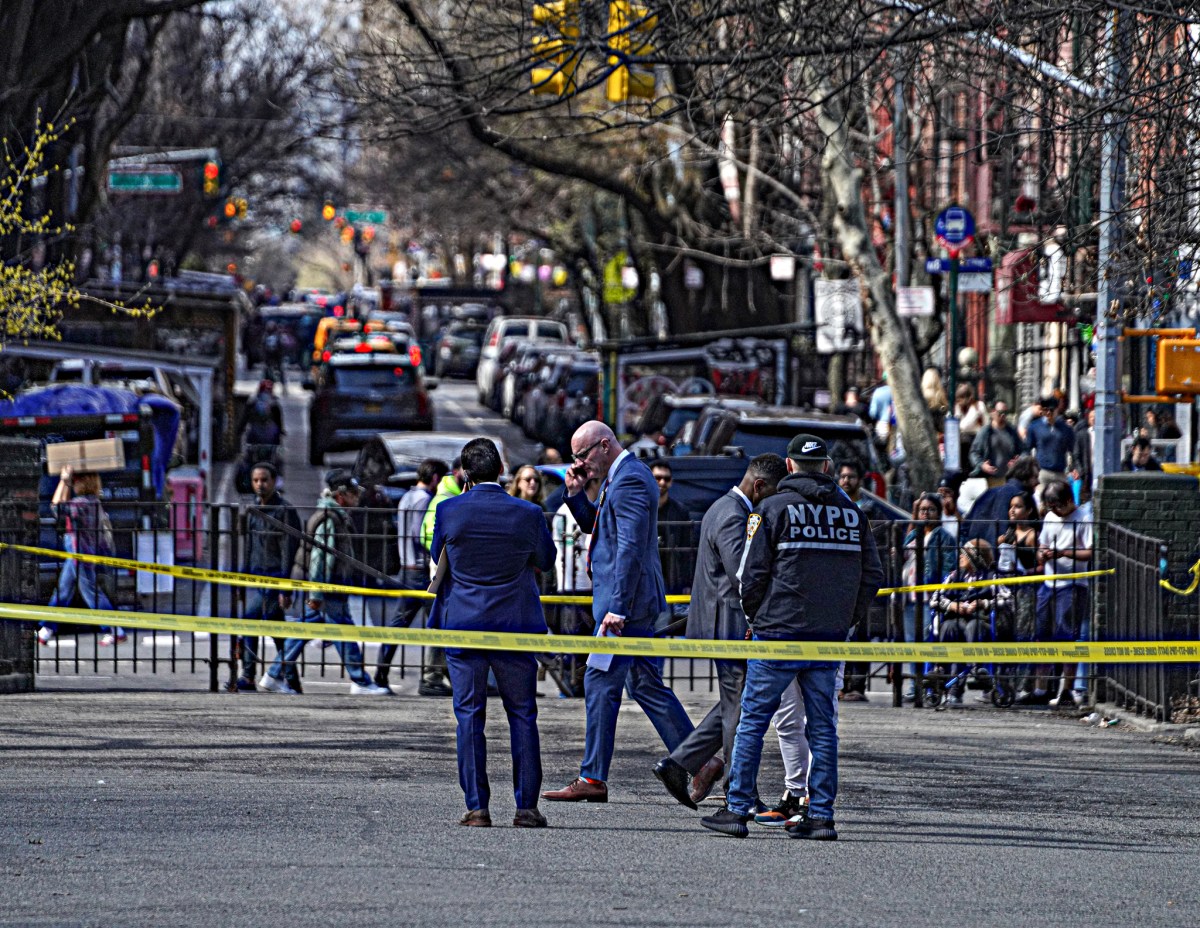New Yorkers may be thick-skinned, but the majority are extremely vulnerable — in the financial sense of becoming homeless if they even briefly lose their livelihood, a new report asserts.
Over 58 percent of New Yorkers do not have emergency savings to cover such basic expenses as rent or food for three months if they were to lose their jobs, have an accident, a health crisis or legal issue, according to data compiled by the Association for Neighborhood & Housing Development. Thus more than half of the city is vulnerable to eviction, foreclosure, damaged credit and destabilized households, the nonprofit group determined. The ANHD’s report “How is economic opportunity threatened in your neighborhood?” listed twenty factors or “key drivers” of local economies based on data gathered by more than 100 non-profit organizations serving the city. The information was then compiled to determine where new programs might need to be introduced. RELATED: Former City Council speaker Christine Quinn criticizes de Blasio’shomelessness efforts The report shows that the Bronx population as a whole is the most vulnerable to homelessness, and the neighborhoods of Mott Haven and Hunts Point have the highest proportion of residents — 76 percent — without emergency savings to last three months. A third of the residents in those Bronxneighborhoodsalso do not have Internet connectivity in their homes, the report said.
In Brooklyn, there were five neighborhoods listed as “high risk” in terms of emergency cash, including Brownsville (70 percent of residents), Bushwick (68 percent), East New York (67 percent), Bed-Stuy (67 percent) and the southern part of Crown Heights (67 percent). Although more than half of Queens residents would be in dire straits within three months if they lost their income,Queens and Staten Island did not have any neighborhoods considered the most at risk on the study’s scale. Homelessness in New York City is already at an all time high, DNAinfo reports, as 60,500 people are currently living in shelters. In 2014, Mayor Bill de Blasio’s administration implemented an initiative to provide rental assistance, homelessness prevention programs, and move-out help through the Human Resources Administration. The agency estimates that without its help there could be 67,000 people in shelters. Yet many New Yorkers do not know that they can get emergency rental assistance or legal services when faced with eviction and housing court, Edward Josephson, director of litigation and housing at Legal Services NYC, told DNAinfo. In Manhattan, three neighborhoods ranked among the most vulnerable: Central Harlem, East Harlem and Washington Heights/Inwood at 66-67 percent.
“It makes sense to pay rent in arrears than to put someone in a shelter for $3,000 a month,” Josephson said to DNAinfo.
“The city is expanding the program and is generous in helping with back rent. It’s easier to get than it was before. But you still have to go to HRA offices during the work day to get it,” he said.
60 percent of New Yorkers could be on the brink of homelessness: Report
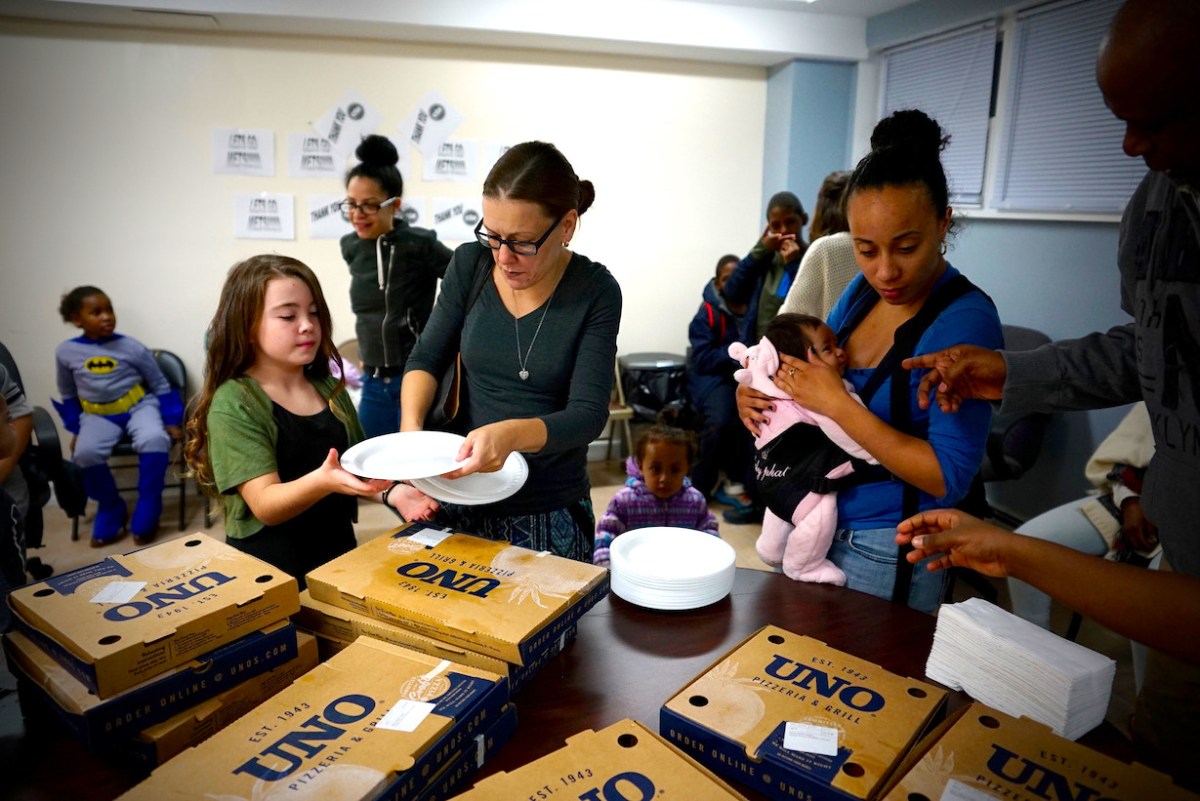
Creative Commons/MTA

